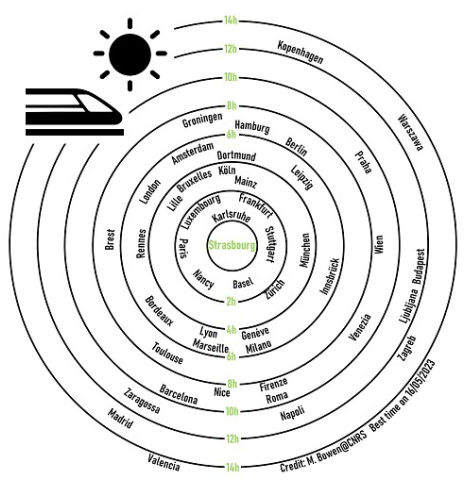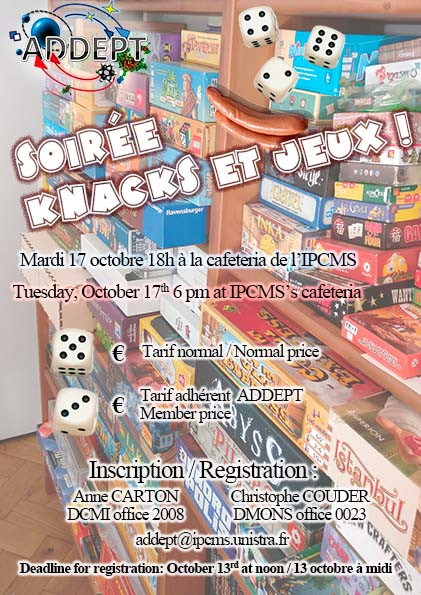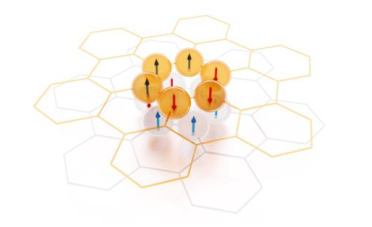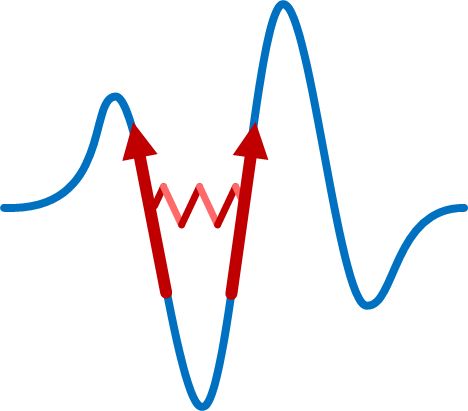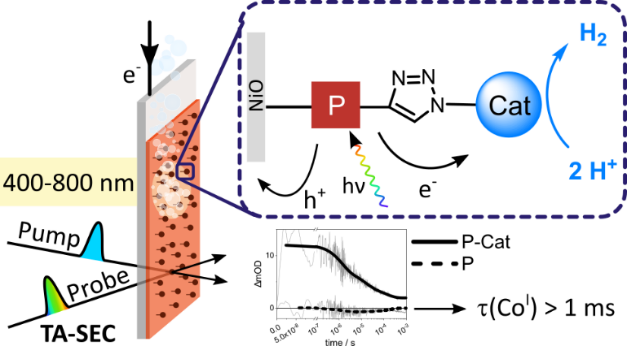
Speaker : Benjamin Besga, ILM Lyon
Abstract : The aim of stochastic thermodynamics is to study small non-equilibrium systems subject to thermal fluctuations. Some results from this field will be illustrated using experiments carried out on opto-mechanical systems, mainly colloidal particles in an optical trap. Using non-equilibrium statistical physics will see how we can accelerate the natural dynamics of a system, shorten the mean first passage time on a target, or measure the forces acting on a non-equilibrium probe. Finally, we’ll ask how we can interrogate the quantum limit of these results by looking at the opto-mechanical coupling of a self assembled supercrystal of quantum dots in an optical trap.
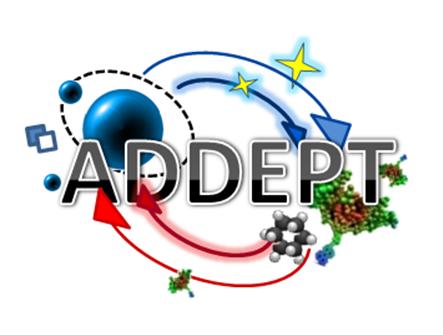
On the program, small games during the aperitif: chips/beers/soft drinks. Then on the menu, knacks and potatoes salad and slightly longer games, ice cream and fruits for dessert. Veggie and vegan option will be proposed as well. Do not hesistate to bring your own favorite games with you and to make them us discover! In any case, a selection of boardgames will be at your disposal and we will take the time to explain you their rules. Happiness and friendliness will be the words of this event !
Participations fees are of 5 euros, or 3 euros if you are ADDEPT members (possibility to get the membership card during registration)
We are looking forward to playing with you!

Catherine Demangeat
Contact : Bertrand.Donnio@ipcms.unistra.fr

Abdelghani Laraoui (Department of Mechanical & Materials Engineering, University of Nebraska-Lincoln)
Abstract :
Magnetic microscopy based on nitrogen vacancy (NV) centers in diamond has become a versatile tool to detect magnetic fields with an unprecedented combination of spatial resolution and magnetic sensitivity, opening up new frontiers in biological [1] and condensed physics matter research [2]. In this seminar, I will present two examples of using NV magnetic microscopy in both scanning probe microscopy (SPM) and wide-field microscopy (WFM) geometries to study nanoscale magnetic phenomena in different materials. First, I will discuss NV-SPM measurements of antiferromagnetic (AFM) domains switching in Cr2O3 and B-Cr2O3 thin films and device structures [3, 4]. Cr2O3 is an archetypical AFM oxide that permits voltage-control of the Néel vector. In addition, boron doping increases Néel temperature from 307 K to 400 K and allows realizing voltage controlled Néel vector at zero applied magnetic field, a promising finding to AFM spintronics. Then, I will discuss NV-WFM measurements on individual Fe(Htrz)2(trz)](BF4)] (Fe triazole) spin-crossover (SCO) nano-rods of size varying from 20 to 1000 nm [5]. Fe triazole SCO complexes exhibit thermal switching between low spin (LS) and high spin (HS) states which are applicable in thermal sensors and molecular switches. While the bulk magnetic properties of these molecules are widely studied by bulk magnetometry techniques their properties at the individual level are missing. The stray magnetic fields produced by individual Fe-triazole nano-rods are imaged by NV magnetic microscopy as a function of temperature (up to 150 0C) and applied magnetic field (up to 3500 G). We found that in most of the nanorods the LS state is slightly paramagnetic, possibly originating from the surface oxidation and/or the greater Fe(III) presence along the nanorods’ edges [5].
References: [1] I. Fescenko, A. Laraoui, et al., Phys. Rev. App. 11, 034029 (2019). [2] A. Laraoui and K.
Ambal, Appl. Phys. Lett. 121, 060502 (2022). [3] A. Erickson, A. Laraoui, et al., RSC Adv. 13, 178-185 (2023).
[4] A. Erickson, A. Laraoui, et al., to be submitted to Nat. Mat. (2023). [5] S. Lamichhane, A. Laraoui, et al.,
ACS Nano 17, 9, 8694–8704 (2023).
Contact : Valérie Halté (valerie.halte@ipcms.unistra.fr)

Ricky Wong / Hong Kong Baptist University
Contact: stephane.mery@ipcms.unistra.fr

Dr. Veiko Karu Senior Project Manager for EIT Research and Development Projects from the Tallinn University of Technology (TalTech)

Dr. Chantal Daniel (Laboratoire de Chimie Quantique, UMR7177 CNRS – Université de Strasbourg)
Coordination compounds, characterized by fascinating and tunable electronic properties, easily bind proteins, polymers, wires or DNA. Upon irradiation these molecular systems develop functions finding applications in solar cells, photocatalysis, luminescent and conformational probes, electron transfer triggers and diagnostic or therapeutic tools. The control of these functions is activated by the light wavelength, the metal/ligands cooperation and the environment within the first picoseconds (ps). After a brief summary of the theoretical background, this contribution reviews case studies, from 1strow to 3rd row transition metal complexes, that illustrate how spin-orbit, vibronic couplings and quantum effects drive the photophysics of this class of molecules at the early stage of the photoinduced elementary processes within the fs-ps time scale range. Besides the “routine” modeling of spectra, computational chemistry may contribute at their interpretation providing valuable information about the various chemical and optical contributions to the (chiro-)optical properties and about their correlation, not only with nuclear arrangement, but also with spin-vibronic effects which are especially relevant in transition metal complexes.

Hiroyuki NAKAMURA (Department of Materials Science and Engineering, Kyoto University, Kyoty 606-8501, Japan)
Abstract : see doc below
https://www.ipcms.fr/wp-content/uploads/2023/05/SEMINAIRE-H.-NAKAMURA-13.06.23.pdf
Contact : Christian MENY : christian.meny@ipcms.unistra.fr

Speaker : Dr. Murielle Chavarot-Kerlidou (Univ. Grenoble Alpes, CNRS, CEA, IRIG, Laboratoire de Chimie et Biologie des Métaux (UMR 5249), F-38000, Grenoble, France.)
Abstract :
Making fuels and chemicals from sunlight and abundant raw materials such as water and CO2 represents a major challenge to meet for a clean energy future. To achieve sunlight-driven water splitting, the integration of molecular H2-evolving catalysts into photoelectrochemical cells is a promising, yet challenging strategy. Our contribution to the field will be highlighted through different examples covering all aspects from catalyst design to the construction of functional water-splitting devices. Photoelectrochemical activity of dye-sensitized NiO photocathodes based on covalent dye – cobalt catalyst assemblies will be discussed in detail, together with some key insights into the factors currently affecting their performances, obtained from advanced spectroscopy and post-operando characterizations.

